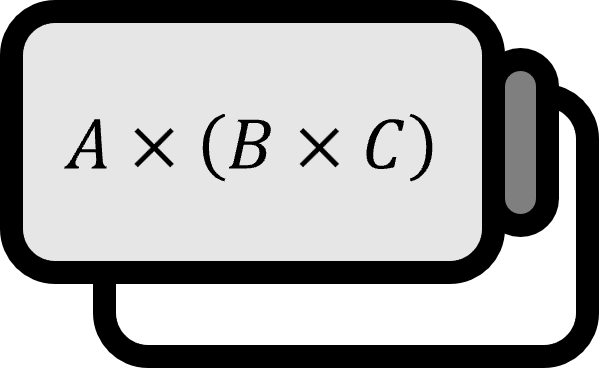For an Angle Small Enough
Description
Physics makes use of the approximation $\sin x\approx x$ in many places. The reason this approximation can be used is because the following equation holds:
$$ \lim \limits_{x\rightarrow 0}\frac{\sin x}{x}=1 $$
Since this equation is first introduced in high school, college students might feel it is obvious enough to not question the validity of such approximation. However, how small should something be to be considered similar? For instance, when calculating the period of a simple pendulum using this approximation, one might wonder ‘How much should the pendulum oscillate for the approximation to hold?’ Let’s look at the graphs of $y=\sin x$ and $y=x$.

Looking at the graph, it is clear that as $\left| x \right|$ becomes smaller, the two graphs become almost identical. If we mark the point where the differences start to become noticeable,
 and calculate the ratio, it turns out to be $\dfrac{5539}{5871}=0.943450$. We can see that an error of about $6$% occurs. This seems close enough to be considered similar. Now, let’s plot the graph of $y=\dfrac{\sin x}{x}$.
and calculate the ratio, it turns out to be $\dfrac{5539}{5871}=0.943450$. We can see that an error of about $6$% occurs. This seems close enough to be considered similar. Now, let’s plot the graph of $y=\dfrac{\sin x}{x}$.

The angle at which an error of about $5$% occurs is in radians, $0.0536$. The angle at which an error close to $10$% occurs is in radians, $0.7775$. Converting this to degrees ${}^{\circ}$,

One can see that it’s quite a generous range. Just because an angle is considered “sufficiently small” does not necessarily limit it to within $10^{\circ}$ or $5^{\circ}$. It might depend on how much error is tolerable, but within $30^{\circ}$ the error between $\sin x$ and $x$ is less than $5$%, so it seems reasonable to consider angles smaller than $30^{\circ}$ to be “sufficiently small”.
